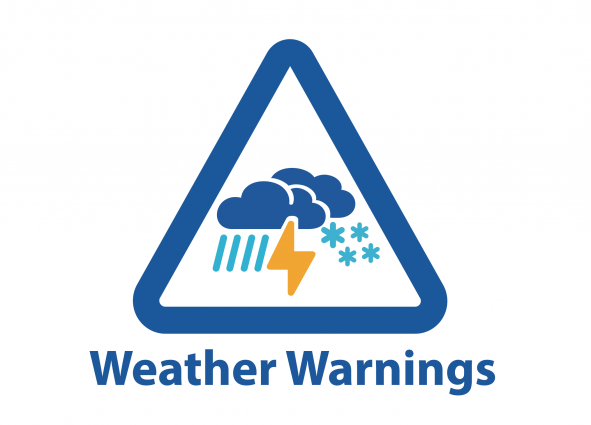Roland Emmerich, the modern master of disaster, released a fresh (and ancient?) vision of the end of the world in 2012, which is currently streaming on Peacock. Jackson Curtis (John Cusack) is a failing science fiction writer, father of two children, and our world-ending avatar.

National Hurricane Center in the United States issued a tropical storm alert for Southern California (Photo source: Wikipedia)
Sudden changes in the Weather Forecast in a Year Cycle have been Observed
When the Sun starts acting up (similar to the Solar Maximum we’re nearing), it heats the core and causes a wave of natural disasters such as earthquakes, volcanoes, storms, and tsunamis. It is the culmination of a possible misreading of the Mesoamerican Long Calendar, which some believe foreshadowed the 2012 catastrophe. While we weren’t devastated over a decade ago, the headlines might feel apocalyptic at times, especially when severe weather events “aren’t supposed to happen.” It has been 84 years…
Hurricanes strike North America regularly, but virtually invariably from the east. Every year, two hurricanes hit the east coast, but the last major storm to reach North America’s west coast was in 1939. This gap in meteorological mayhem can be attributed to several factors.
To begin, storms tend to head northwest as they develop. When hurricanes originate in the Atlantic, their path takes them down the east coast of North America. When they form in the Pacific, they travel away from North America. Second, the temperature of the ocean plays a significant impact in the creation and evolution of tropical storms and hurricanes. Temperatures along the Atlantic coast remain relatively warm, feeding approaching storms. The Pacific, on the other hand, is cooler and depletes storm energy as it approaches land.
READ ALSO: Dry Days Are Ahead for This Week’s Weather Condition in Alabama
Tropical Storm Alert for Southern California According to National Hurricane Center
The National Hurricane Center in the United States issued a tropical storm alert for Southern California, Friday, August 18, 2023. It was the first time they had issued a watch of this type in the area. The warning is about Hurricane Hilary, which is now a Category 4 hurricane off the coast of Guadalajara, Mexico. The storm is traveling north, with little westward movement, and is forecast to hit regions of northwestern Mexico and the southwestern United States in the coming days.
The tropical storm alert surveillance extends from the California-Mexico border up into Orange and Los Angeles counties. Hilary now has sustained winds of 145 miles per hour, putting her in the category of a Major Hurricane. However, due to the cooler sea temperatures, Hilary is projected to weaken as it approaches land, reclassifying as a Tropical Storm rather than a Major Hurricane.
Residents in the affected areas should still expect up to 10 inches of rain, with flash flooding possible in certain locations. If you live in one of the affected places, you may want to stay put for a few days to weather what is, hopefully, a once-in-a-century event. Please visit the LA City Emergency Operations Center for authoritative information on the storm and how to prepare.
READ ALSO: NOAA Releases Weather Prediction for the Last Quarter of the Year

















































